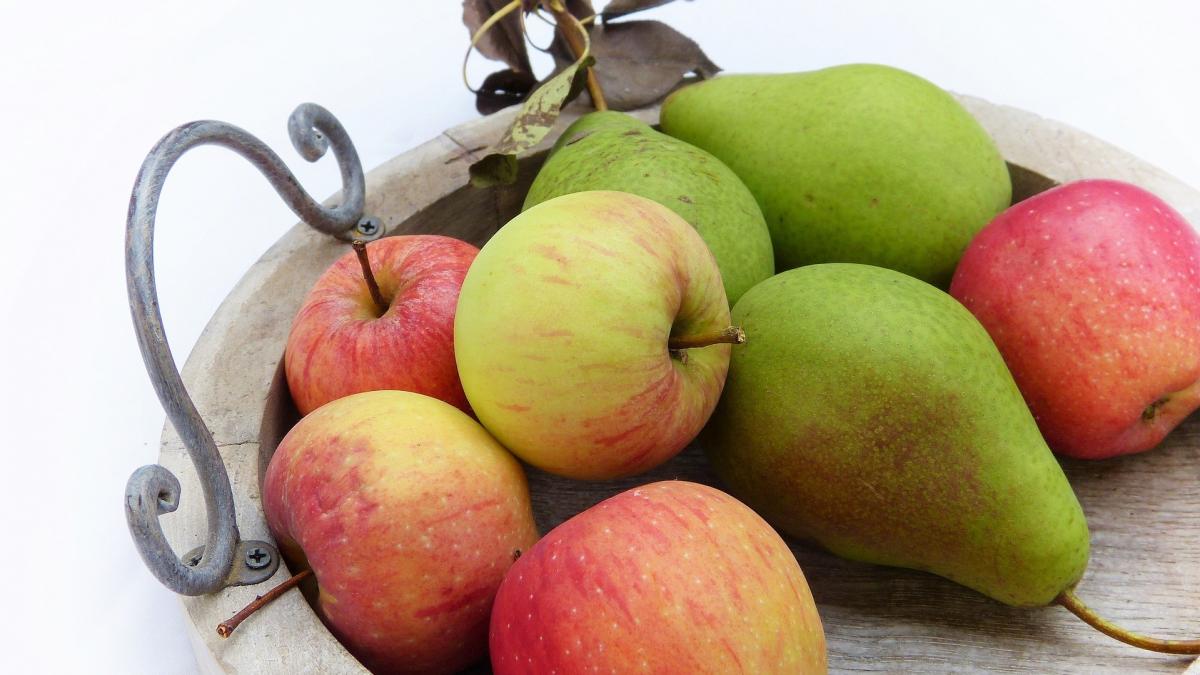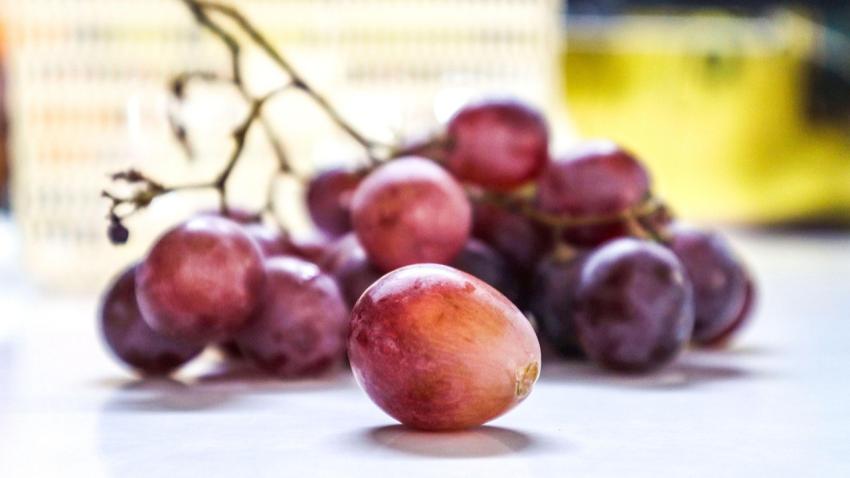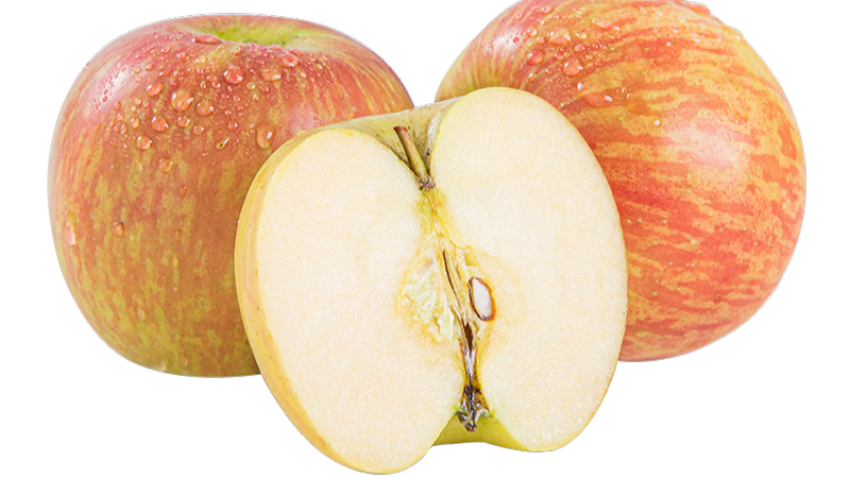You are here
Back to topSouthern Hemisphere Apple and Pear Forecast Revised After Adverse Weather

Following adverse weather events in several major producing countries, the World Apple and Pear Association recently updated its Southern Hemisphere apple and pear crop forecast, which was originally presented at Fruit Logistica 2023 in Berlin.
In 2023, Southern Hemisphere countries are anticipated to produce a total of 4,974,990 metric tons of apples, an increase of 2.38% over 2022. As a key apple supplier, New Zealand is forecast to harvest 457,675 metric tons of the fruit in 2023, down by 9% from the previous year. Australia’s apple production is expected to contract by 8% to 290,000 metric tons, while South African output is forecast to fall by 5% to 1,142,880 metric tons. However, South America is likely to see a larger apple crop in 2023. As the largest apple producer in the Southern Hemisphere, Chile is anticipated to harvest 1,409,633 metric tons of the fruit in 2023, remaining essentially unchanged from the previous season. Brazil’s apple output is estimated to increase by 12% to 1,150,000 metric tons, while Argentinian production is forecast to grow by 24% to 525,000 metric tons.
In terms of exports, WAPA predicts that apple shipments from the Southern Hemisphere will shrink by 3% to 1,556,668 metric tons in 2023. Chile is expected to remain the largest apple exporter in the Southern Hemisphere with an estimated export volume of 604,000 metric tons, while South Africa is expected to rank second with an export volume of 509,158 metric tons, corresponding to a year-on-year decrease of 10%. New Zealand and Australia are anticipated to see their apple exports drop to 286,823 metric tons (−15%) and 2,687 metric tons (−1%), while Argentina’s and Brazil’s exports are estimated to rebound to 84,000 and 70,000 metric tons, respectively. Gala remains by far the most popular apple variety, with its production forecast to increase by 4% to 1,843,130 metric tons in 2023.
As for pears, the Southern Hemisphere production volume in 2023 is forecast to contract slightly by 1.25% to 1,319,601 metric tons. Argentina is expected to remain the largest pear producer in the Southern Hemisphere with a total production of 592,000 metric tons, an increase of 4%. Meanwhile, South African output is set to decline by 6% to 477,419 metric tons. New Zealand’s and Australia’s volumes are expected to fall to 8,120 metric tons (−19%) and 72,016 metric tons (−16%), respectively. Chile is anticipated to harvest 170,000 metric tons, representing a year-on-year increase of 2%. Overall pear exports from the Southern Hemisphere are expected to remain stable at 670,054 metric tons.
The most widely grown pear cultivar in the Southern Hemisphere is still Packham’s Triumph, the output of which is forecast to reach 481,049 metric tons in 2023, remaining essentially unchanged from the previous year. The second most popular variety is Williams’ bon chrétien, whose production volume in 2023 is estimated to total 332,447 metric tons.
Image: Pixabay
This article was translated from Chinese. Read the original article.














Add new comment